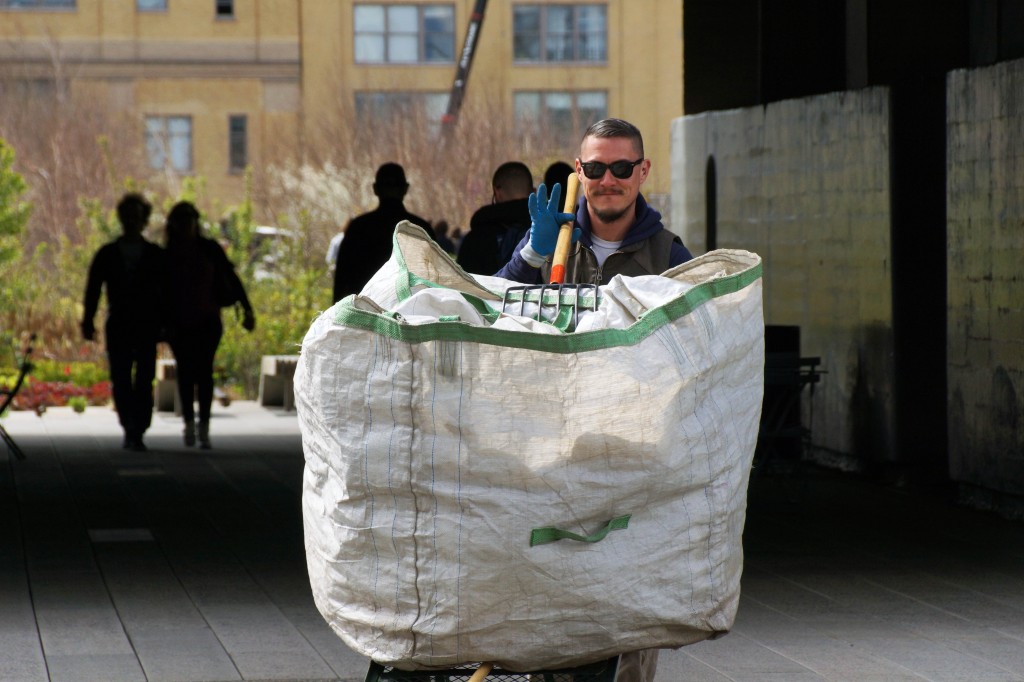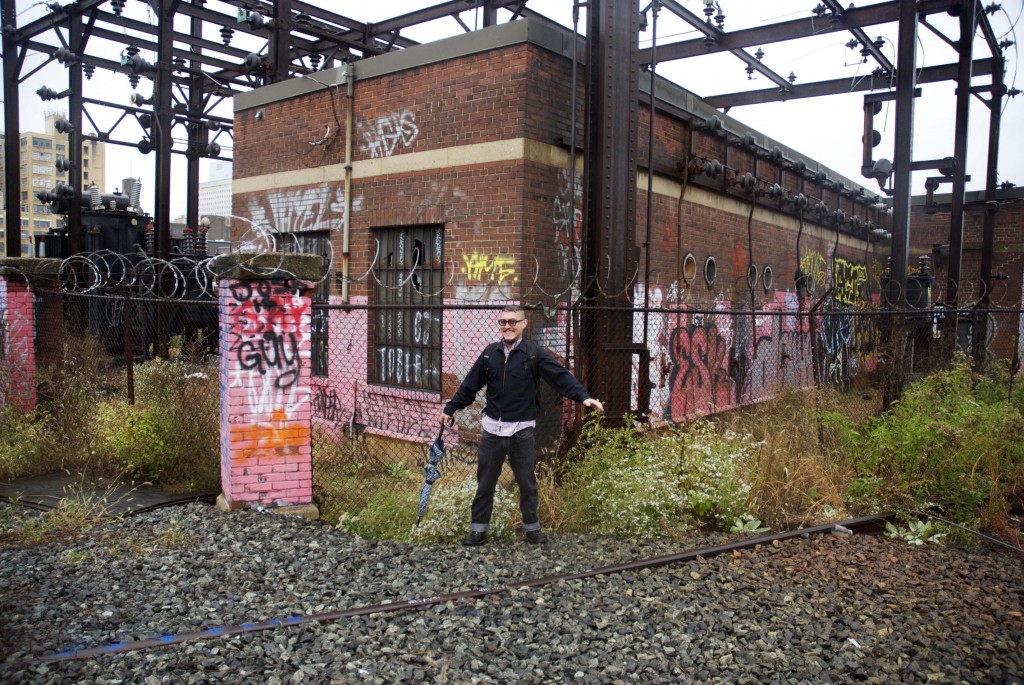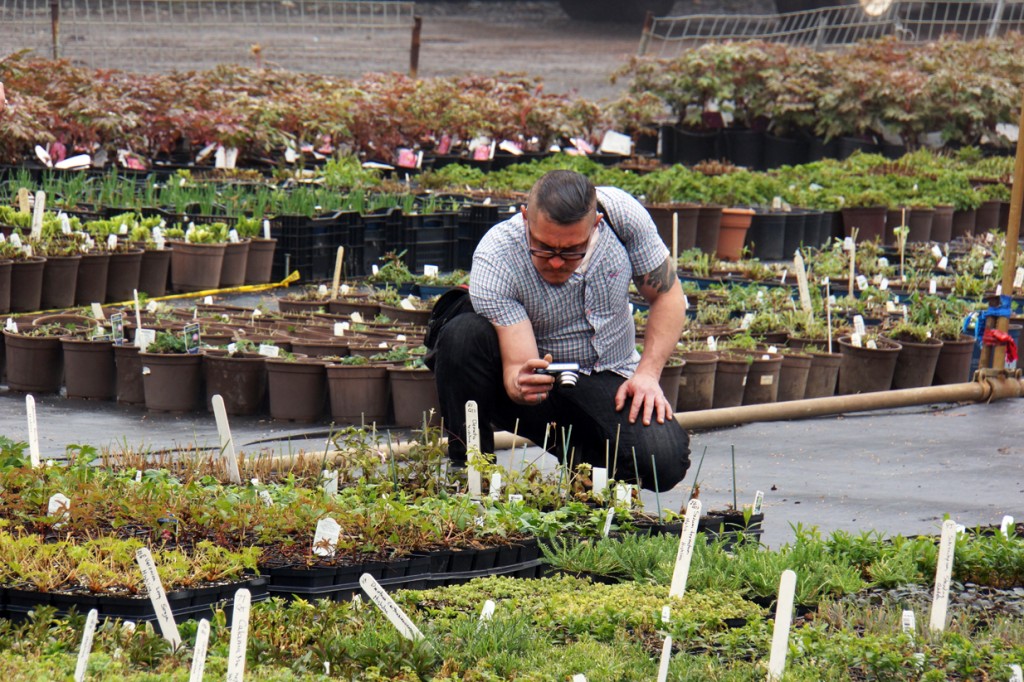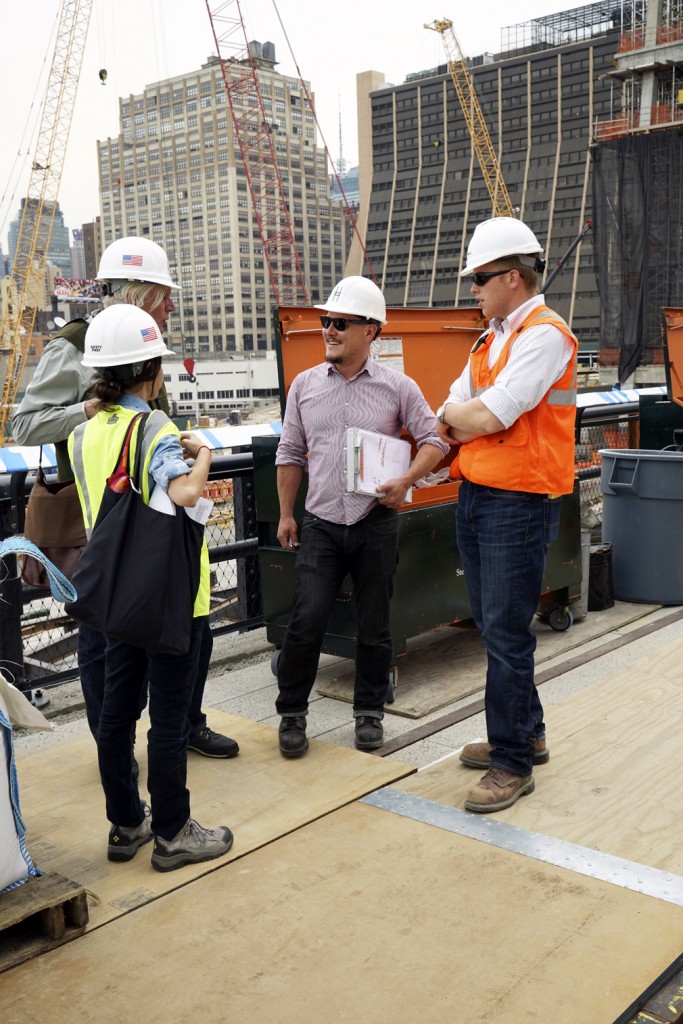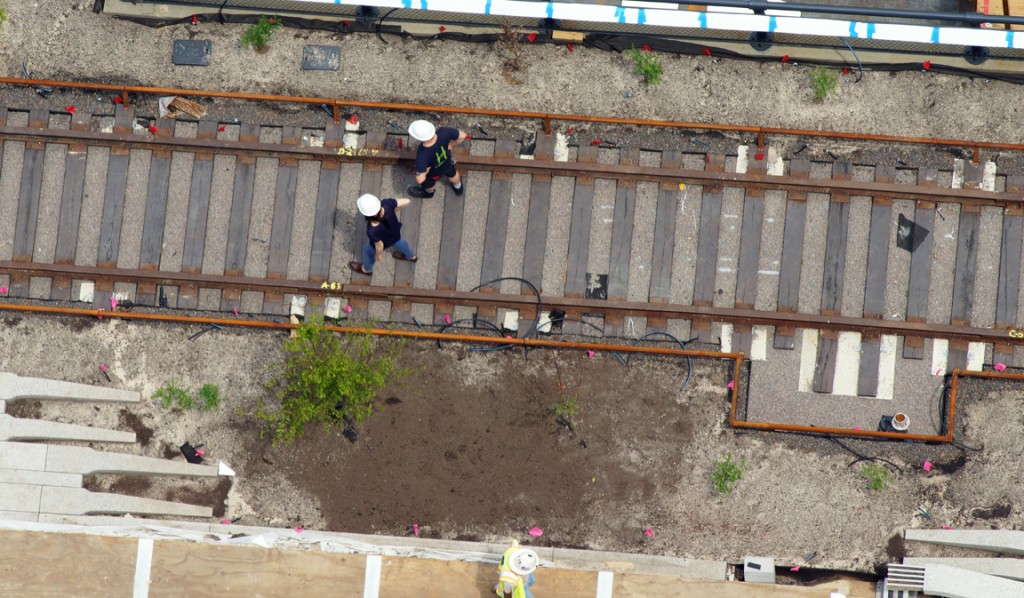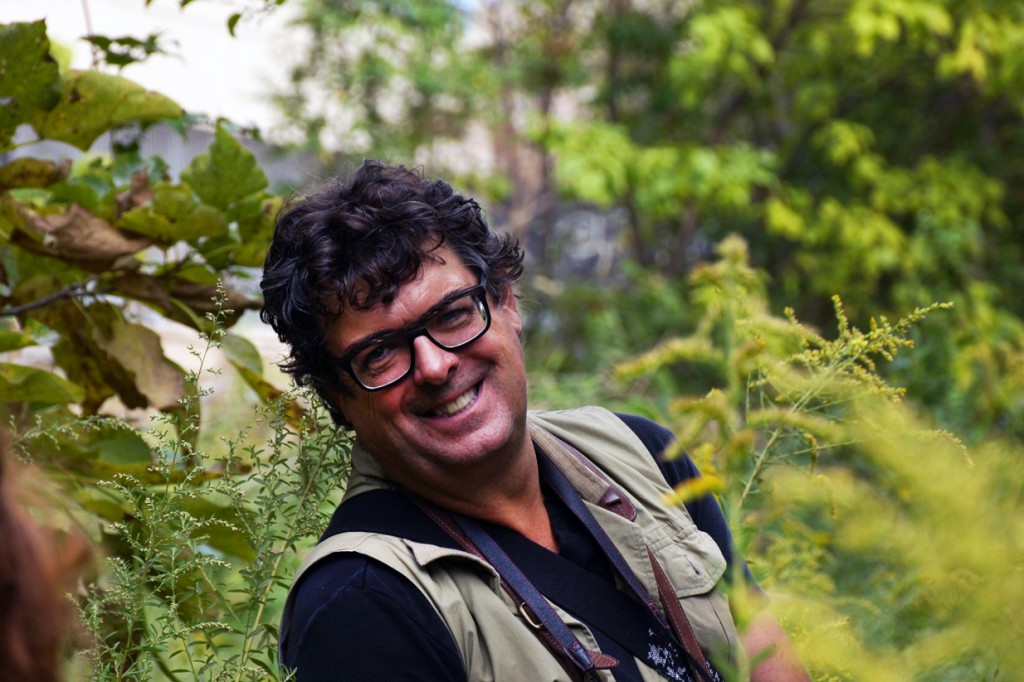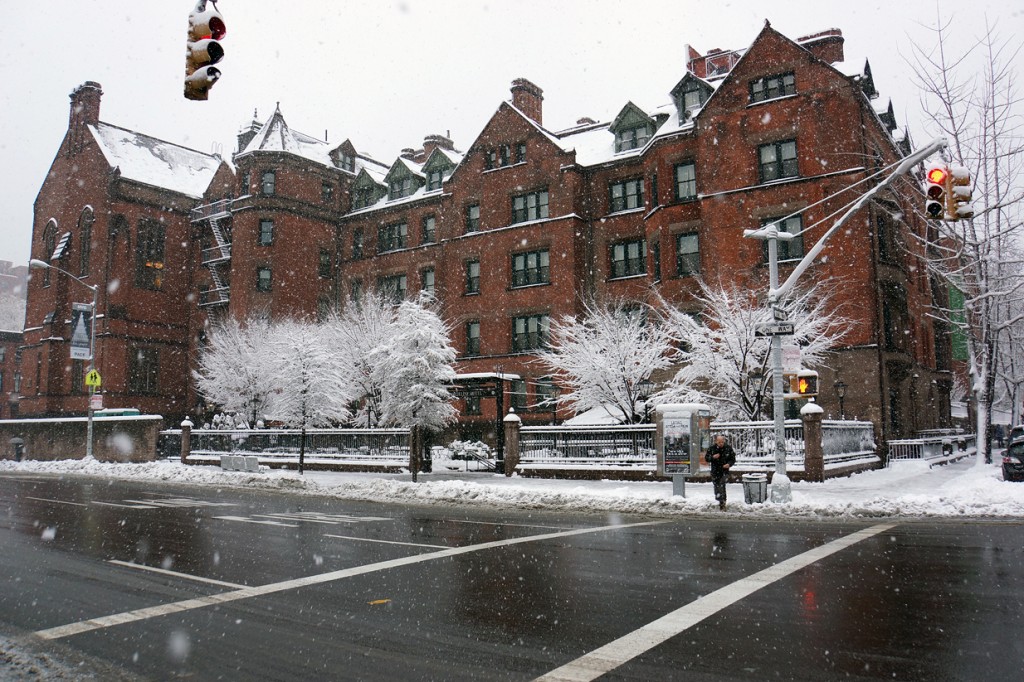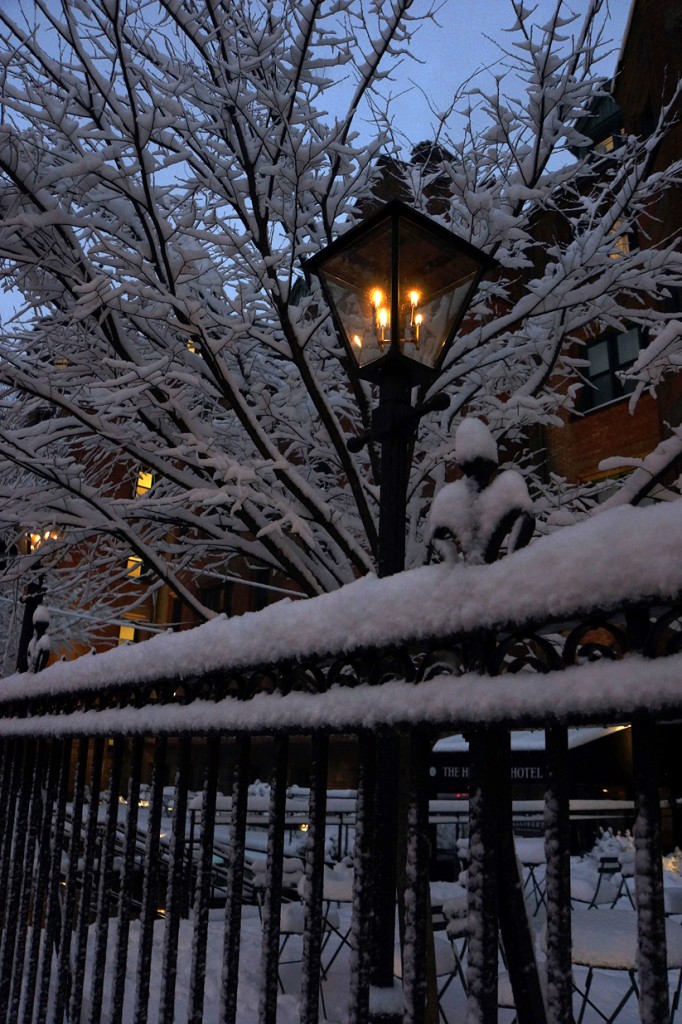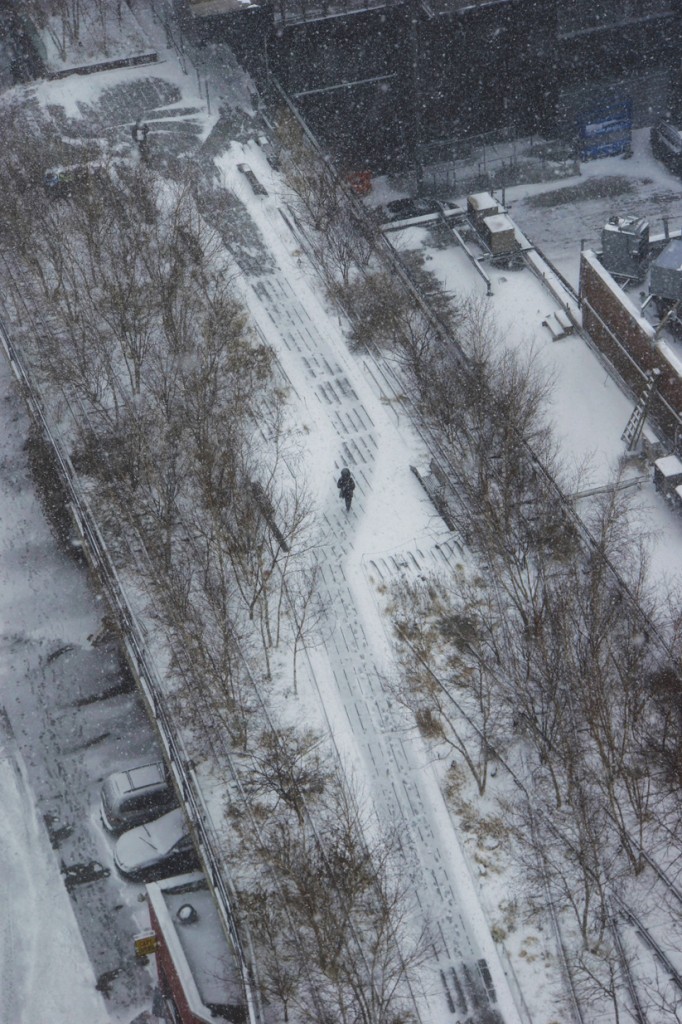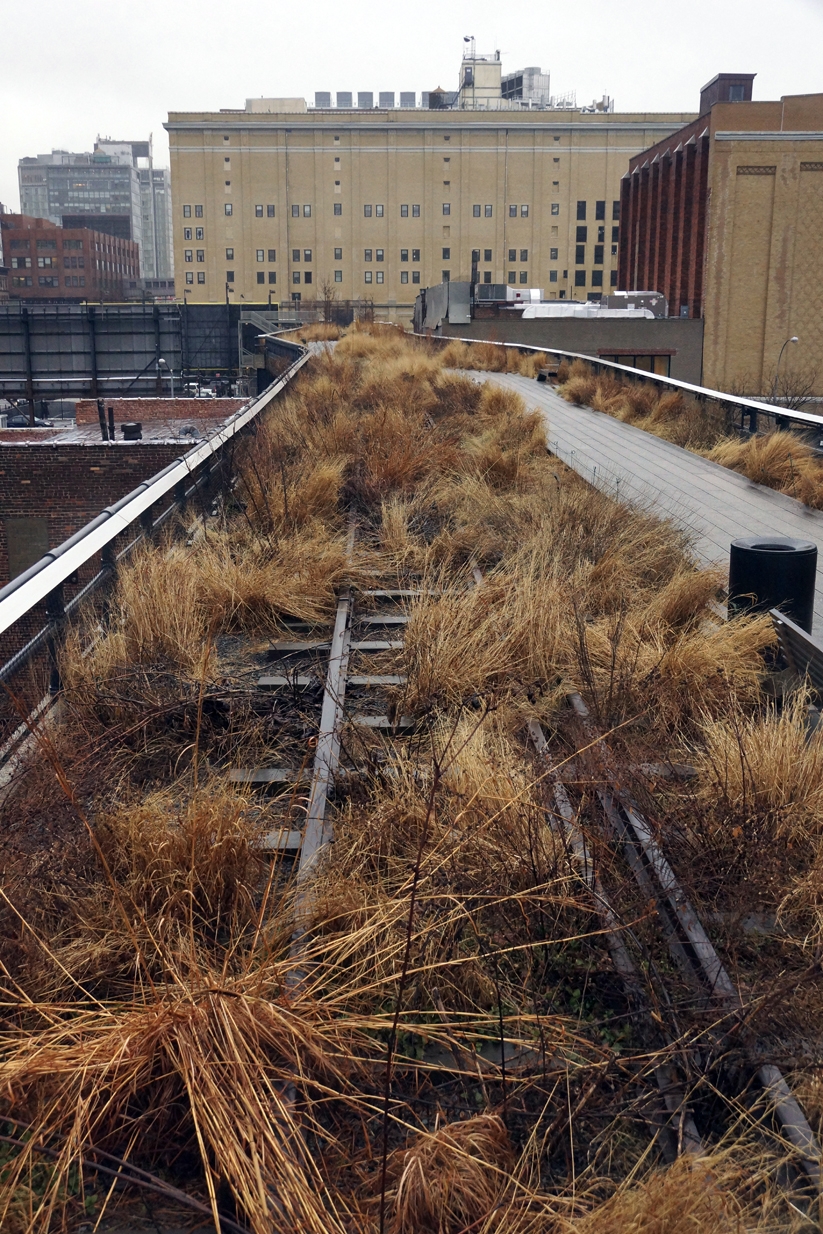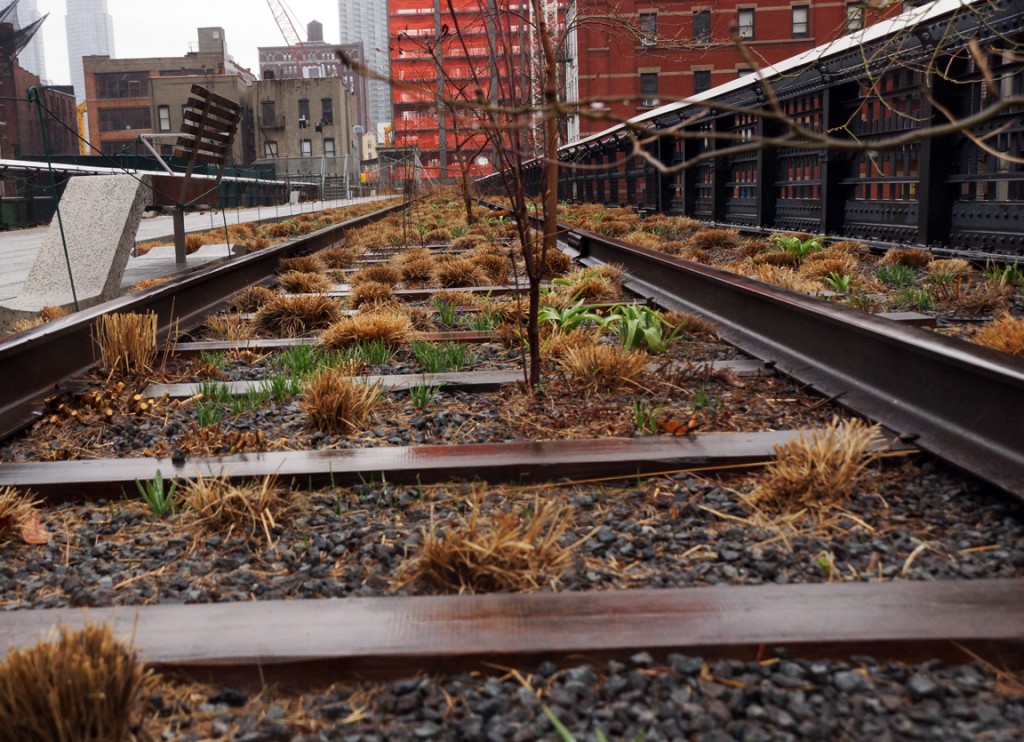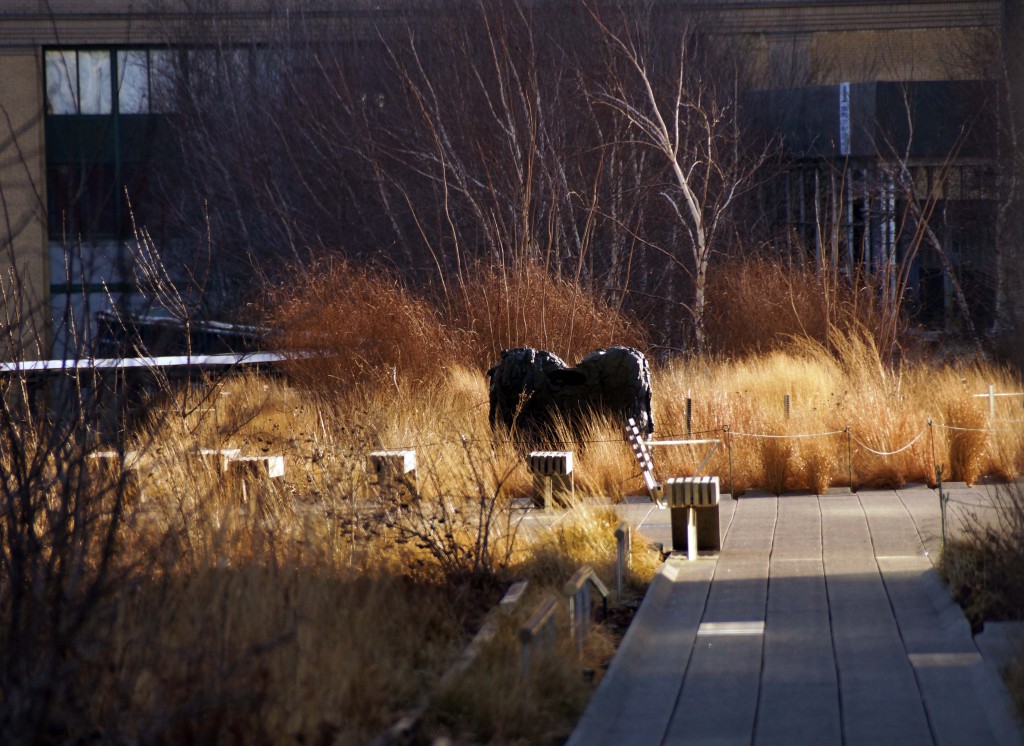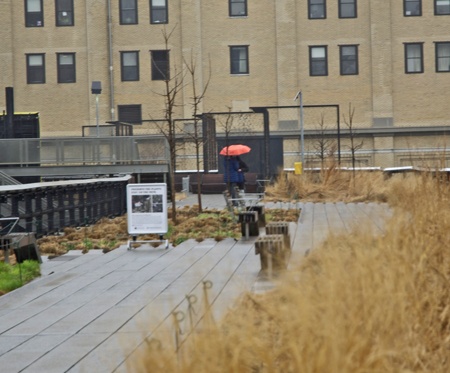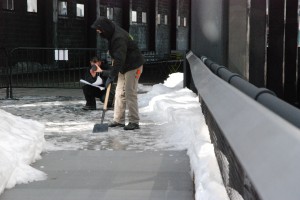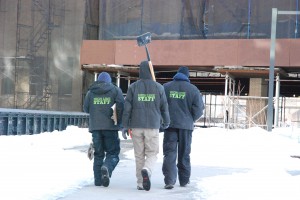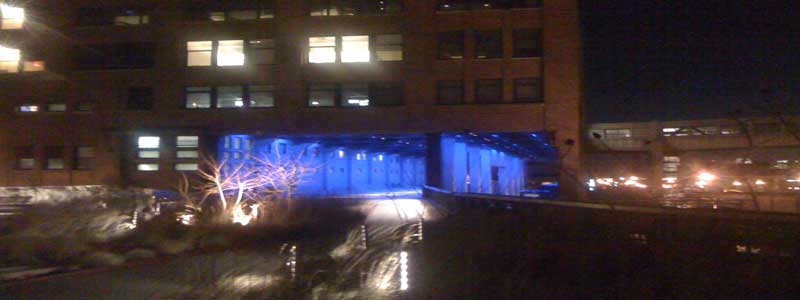There are thousands of plants on the High Line. No one can know for sure the actual number, but every year an army of volunteers joins the park’s gardening staff for the annual March Cutback, and in our training we’re told that in the course of five or six weeks we’ll cut back 100,000 plants. Maybe more, maybe less, but here’s something I know for sure: the enormity of that number is just one measure of the sadness that has descended on the garden since the loss of Johnny Linville last week.
Johnny began working at Friends of the High Line in June 2009, the month the park opened to the public. He didn’t start his professional career in horticulture, though; he first held a more traditional office job at Lindamood-Bell Learning Processes, which runs centers around the country that help children and adults improve themselves in reading, language comprehension, vocabulary, and math. Johnny was an associate director at one of the centers by the time he realized he was more passionate about gardening than anything else. He took a flier and applied for an internship with the Brooklyn Botanic Garden, and that gave him a foundation of technical knowledge. It also launched him on a new and exceptionally successful career trajectory, beginning as a Gardener at Friends of the High Line, then moving up to Horticulture Foreman and, at the time of his death last week, Manager of Horticulture.
He was irrepressibly passionate about plants, captivated as much by their beauty as by their storylines. Last Fall I ran into him in the park at the moment when he was studying apples, trying to decide which variety to plant in the new and final section of the High Line at the Rail Yards. He was brimming with enthusiasm, telling stories about Thomas Jefferson and his orchards, clearly thrilled to be spending his day doing the research that would determine which apple variety would make it to the High Line.
He was also a profoundly generous guy. Time after time, Johnny found ways to help me better understand the High Line and how it works, engineering a visit in 2012 to the Fresh Kills Landfill where all the cuttings from the Cutback are recycled and, more recently, to the Sunny Border Nursery in Kensington, CT, which supplied plants for the High Line at the Rail Yards. (In classic Johnny fashion, he was determined to properly prepare me for that visit, and the week before emailed a long magazine article that recounts the fascinating story of 79-year old Pierre Bennerup, who helps run the nursery that his father founded in 1938, launching a revolution in the sale of perennials.)
Johnny was generous with his time and his expertise, and ardently perfectionistic about getting the facts right. He was funny, patient, ripped with muscles and he loved dogs. He had a huge, contagious smile, and tattoos that were so distinctive I was able to recognize him through my camera lens from the 35th floor of the Ohm apartment building, as he strolled some 400 feet below, inspecting new plantings in the Rail Yards.
Six months ago, he accompanied me to Reading, Pennsylvania, to attend a memorial service for a mutual friend who also died too young, Paul VanMeter. Before the service a contingent of railfans and garden lovers made a pilgrimage to the Reading Blue Mountain & Northern Railroad, a place dear to Paul’s heart. Johnny and I walked together through the yard, balancing on the rails and talking about Paul, and before we left he pulled a quarter from his pocket and laid it on the track, a gesture of remembrance. “For Paul,” he said. Something motivated me to take a photograph, which I discovered this week as I was going through pictures of Johnny. Wonderful, bold, elfin, passionate, curious, loyal, dedicated, Johnny.
This afternoon I stopped by the High Line — Johnny’s garden — this place of reinvention and respite, and placed a quarter on one of the tracks that cuts through a cluster of prairie grasses and wildflowers. A gesture of remembrance, and also one of hope: that Johnny knew how deeply he touched so very many people, and how much we all loved him.
For a park so notoriously crowded, with its 100,000 plants and millions of visitors, it suddenly feels so empty.
Note: on Thursday, August 7, a memorial service was held in the 14th Passage on the High Line. It was a devastatingly sad and moving event, which ended in a moment of silence with “Song to the Siren” from This Mortal Coil playing in the background. It apparently was Johnny’s favorite.
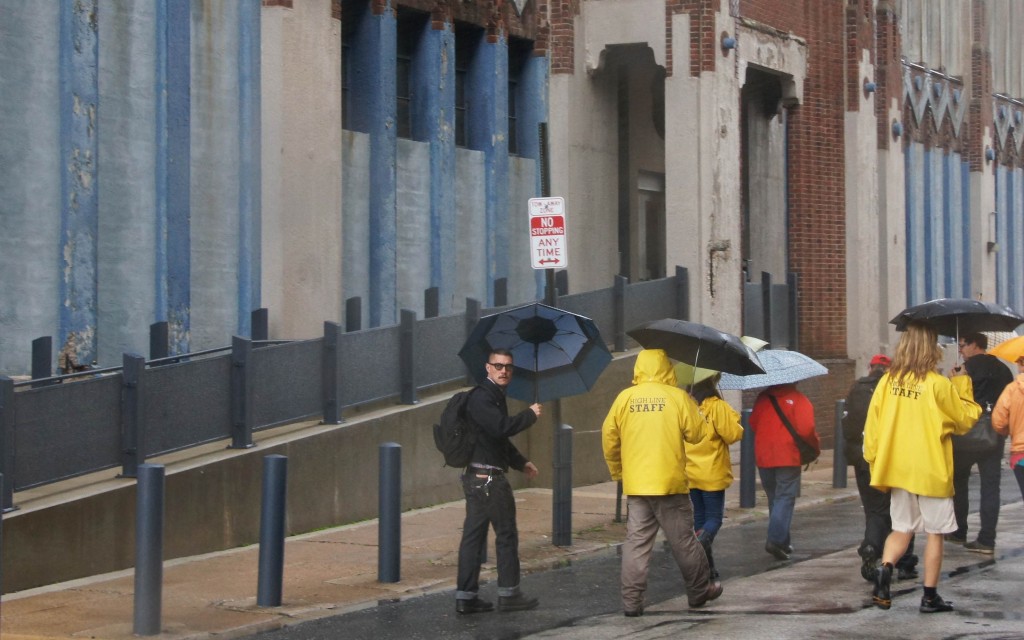
Johnny with fellow FHL gardeners in Philadelphia, October 2011. Photo by Rick Darke
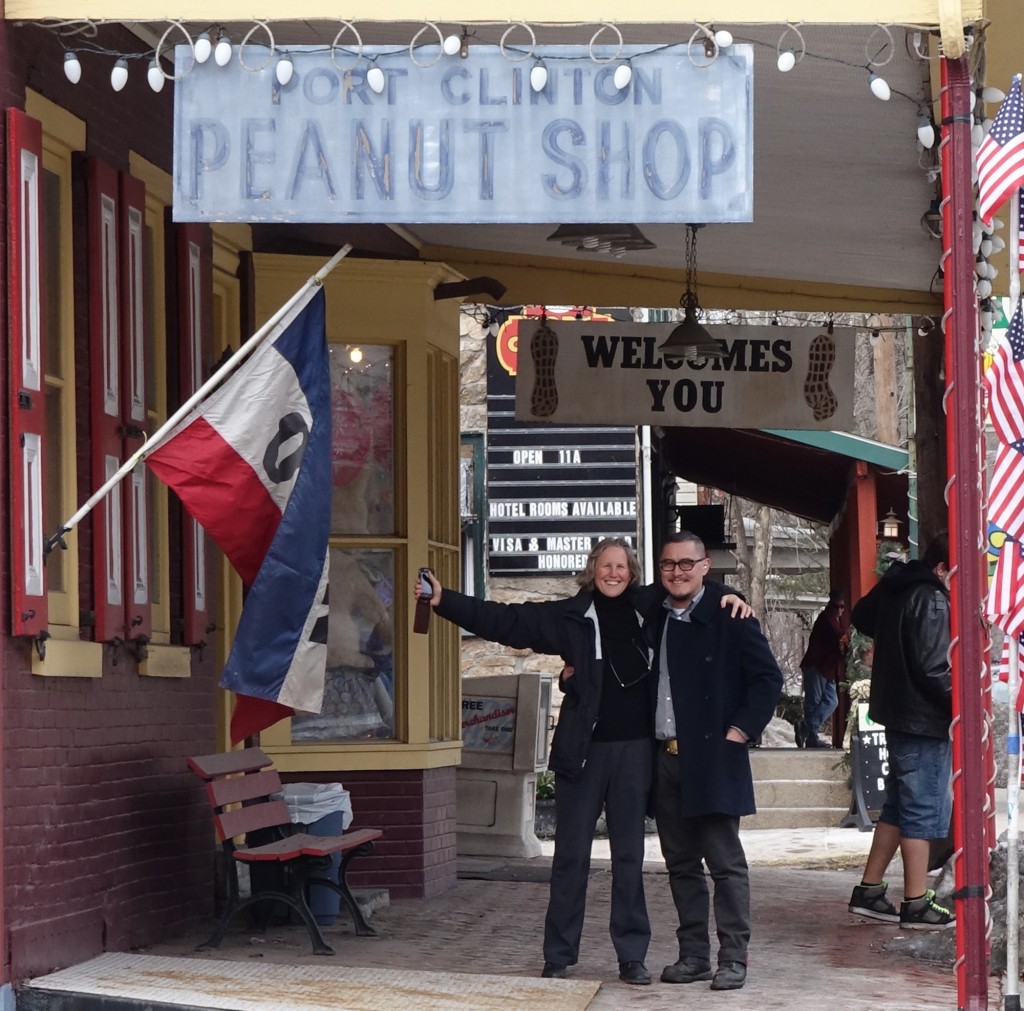
Johnny & Me, Port Clinton, PA, March 8, 2014. Photo by Rick Darke
Blessings on you, Johnny.
————–
Note: for more about Johnny Linville, read the brief and lovely profile by Auzelle Epeneter on TheHighLine.org.

